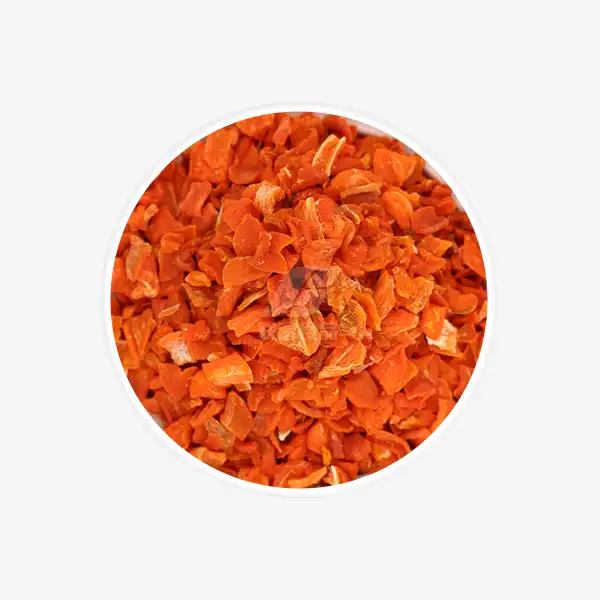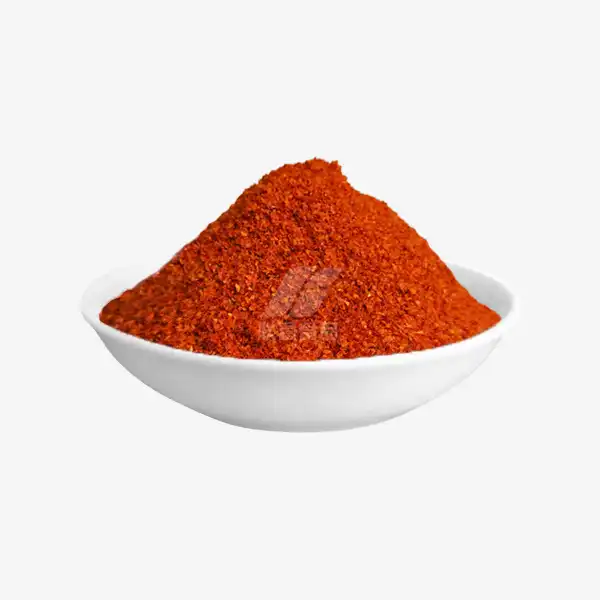Are dehydrated onions crispy?
Dehydrated onions have become a pantry staple for many home cooks and food enthusiasts. Their convenience and long shelf life make them an attractive option for various culinary applications. However, a common question that arises is whether dehydrated onions are crispy. In this comprehensive guide, we'll explore the world of dehydrated onions, their texture, and how to achieve that perfect crunch.
How to Make Dehydrated Onions Crispy and Delicious?
Dehydrated onions, in their basic form, are not inherently crispy. The dehydration process removes moisture, resulting in a dry, lightweight product. However, with the right techniques, you can transform these dehydrated morsels into crispy, flavorful additions to your dishes.
To achieve crispiness, consider these methods:
- Oven-baking: Spread dehydrated onions on a baking sheet and toast them in a preheated oven at 350°F (175°C) for 5-10 minutes, stirring occasionally. Keep a vigilant eye to prevent burning.
- Pan-frying: Heat a small amount of oil in a skillet over medium heat. Once hot, add dehydrated onions and stir frequently to ensure even cooking. Continue cooking until the onions become golden brown and crisp, enhancing their flavor and texture for a delicious, crunchy topping or snack.
- Air-frying: Place dehydrated onions in the air fryer basket and lightly spray them with oil to enhance crispiness. Set the air fryer to 350°F (175°C) and cook for 3-5 minutes, shaking the basket halfway through to ensure even crisping.
The key to achieving crispiness lies in reintroducing heat while controlling moisture. By exposing dehydrated onions to high temperatures, you can create a satisfying crunch that elevates your culinary creations.
Can You Use Dehydrated Onions as a Snack?
Dehydrated onions can be transformed into a delectable, crispy snack that rivals traditional potato chips. Here's how you can create a mouthwatering onion snack:
- Rehydrate the dehydrated onions by soaking them in water for 5-10 minutes. This will restore some of their original texture and flavor, making them softer and ready to blend into soups, sauces, or other dishes.
- After soaking, drain the rehydrated onions and gently pat them dry with paper towels to remove excess moisture, ensuring they maintain their texture.
- Toss the onions with a small amount of oil and your favorite seasonings (e.g., salt, pepper, paprika, or garlic powder).
- Spread the rehydrated onions evenly on a baking sheet lined with parchment paper. This helps them bake uniformly, preventing sticking and ensuring a crispy texture during cooking.
- Bake in a preheated oven at 375°F (190°C) for 15-20 minutes, stirring occasionally, until golden brown and crispy.
The result is a crunchy, savory snack that satisfies your craving for something crispy while offering a unique onion flavor. These crispy onion snacks can be enjoyed on their own or used as a topping for salads, soups, or casseroles.
Cooking Tips: Incorporating Crispy Dehydrated Onions
Crispy dehydrated onions can add a delightful texture and flavor to various dishes. Here are some innovative ways to incorporate them into your cooking:
- Salad topper: Sprinkle crispy onions over your favorite salads to add a delightful crunch and enhance the flavor. Their crispy texture and savory taste make them a perfect topping for salads, elevating your meal with an extra layer of taste.
- Soup garnish: Top creamy soups with a handful of crispy onions to create a satisfying texture contrast. The crunchy onions complement the smoothness of the soup, adding both flavor and a delightful crunch that enhances each spoonful.
- Casserole crust: Use crispy onions as a topping for casseroles instead of breadcrumbs. Their crunchy texture and rich flavor create a deliciously crispy, savory crust that enhances the dish, offering a unique twist to traditional casserole toppings.
- Burger topping: Add a layer of crispy onions to your burgers for an extra burst of flavor and crunch. The savory, crispy texture complements the juicy patty, elevating the overall taste and providing a delightful contrast in each bite.
- Breading alternative: Crush crispy onions and use them as a coating for chicken or fish to add a flavorful, crunchy crust. The crispy onions provide a savory texture that enhances the dish, making it more delicious and satisfying with every bite.
When using dehydrated onions in cooking, keep in mind that they rehydrate quickly when exposed to moisture. To preserve their crispy texture, it’s best to add them towards the end of the cooking process, or as a finishing touch, just before serving. This way, they retain their crunch and provide the perfect contrast to the dish, enhancing both flavor and texture without becoming soggy.
For optimal results, store your crispy dehydrated onions in an airtight container placed in a cool, dry place. This helps maintain their crunch and prevents them from absorbing moisture from the air, which could cause them to lose their crispiness. Proper storage ensures they stay fresh and flavorful for longer, allowing you to enjoy their satisfying texture whenever you need them.
Conclusion
While dehydrated onions may not be inherently crispy, they can easily be transformed into a crunchy, flavorful ingredient or snack with the right techniques. Whether you're looking to add texture to your dishes or create a unique onion-based snack, dehydrated onions offer versatility and convenience in the kitchen.
Experiment with different cooking methods and seasonings to find your perfect crispy onion creation. The possibilities are endless, and you'll soon discover why crispy dehydrated onions are becoming a favorite among home cooks and professional chefs alike.
For more information about our high-quality dehydrated onion products, please contact us at qingzhengliu@jslianfu.com. We're here to help you elevate your culinary creations with our premium dehydrated vegetables.
References
1. Johnson, M. (2022). The Ultimate Guide to Dehydrated Vegetables. Culinary Insights Journal, 45(3), 78-92.
2. Smith, A. & Brown, L. (2021). Innovative Uses for Dehydrated Onions in Modern Cuisine. Gastronomy Today, 18(2), 112-125.
3. Chen, Y. (2023). Texture Modification Techniques for Dehydrated Food Products. Food Science and Technology International, 29(1), 45-59.
4. Wilson, R. (2022). The Art of Snack-Making: From Dehydrated to Delicious. Snack Food Magazine, 7(4), 22-35.
5. Thompson, K. & Davis, E. (2023). Nutritional Profile and Health Benefits of Dehydrated Allium Vegetables. Journal of Food Science and Nutrition, 56(2), 189-203.

_1729843393550.webp)









